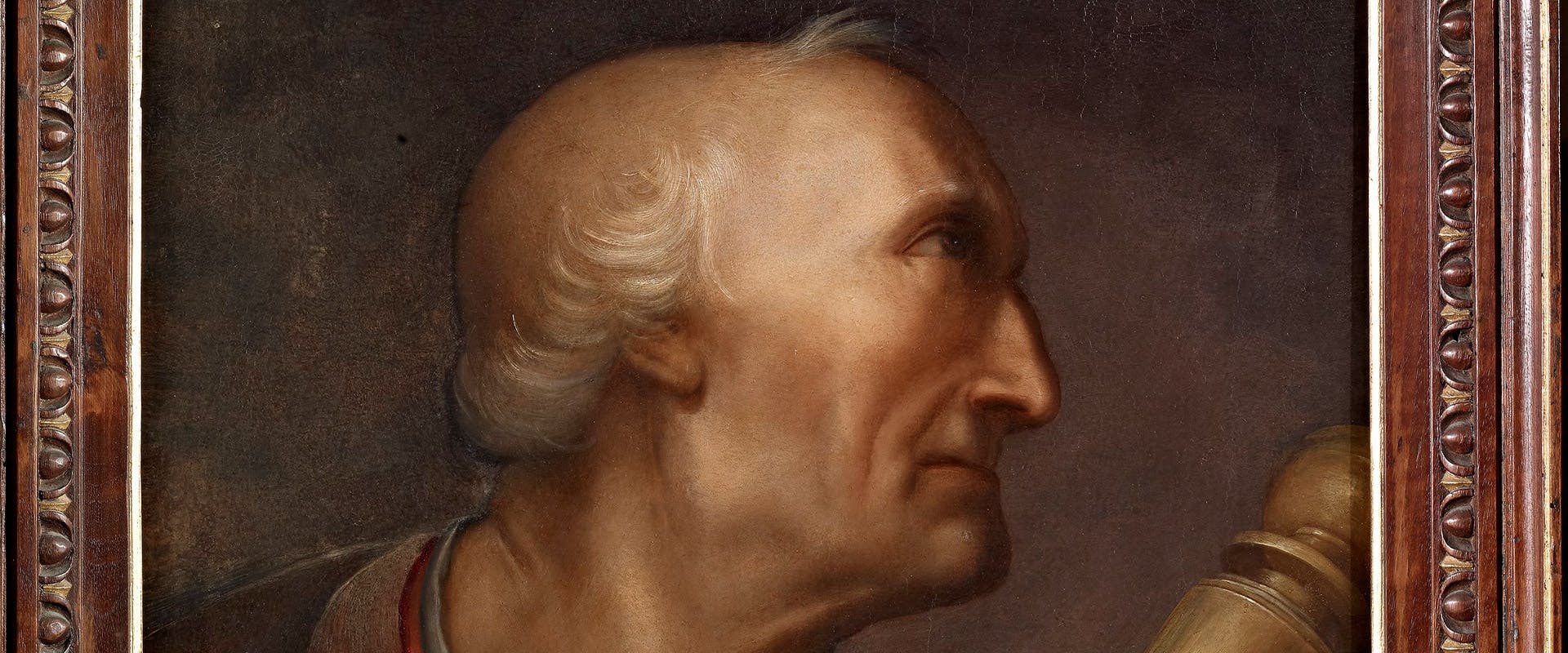The New Frontier Native Americans' History and Culture from Gilcrease Museum Collections
Telling the story of a culture and breaking the stereotypes we are all victims of
“The New Frontier” pays tribute to two men of extraordinary vision separated by 450 years: Amerigo Vespucci, who died in 1512, from whom the American continent derives its name, and Thomas Gilcrease, who founded the Gilcrease Museum in 1949 and died in 1962. They are connected through their belief in something beyond the horizon, in the idea of a new frontier.
The exhibition dedicated to the customs and traditions of the inhabitants of that boundless continent, America, and in particular of those northern lands into which white settlers penetrated at the beginning of the seventeenth century, in their advance to the West, which continued throughout the nineteenth century. This has been accomplished through the display of works from the collections of the Gilcrease Museum in Tulsa, Oklahoma. The Museum, which houses the world's largest, most comprehensive collection of art of the American West, is owned by the City of Tulsa, which has partnered with the University of Tulsa to steward the museum and its collection.
The exhibit is developed into two sections, one being historical and the other anthropological. The first organised in the Andito degli Angiolini and the second in the Museum of Costume and Fashion. Views of boundless territories in photos and paintings, objects of everyday use, weapons, clothes and accessories allow the visitor to penetrate the daily life of these peoples: the men and warriors outdoors hunting buffalo and their families in the camps and villages, in close contact with a nature which was the prime inspiration for their spirituality.
The exhibition, the most important to be held in Europe in terms of the quantity and quality of the works on display, enables the greater public to admire the evidence of a civilisation of the highest level such as that of the Native Americans. In the past this culture has all too frequently been the subject of study only by cultural anthropologists or has been relegated to the fantastic world of American western films, pivoting predominantly on the celebratory illustration of the westward advance of the pioneers.
